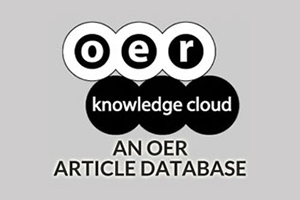A rapid auto-indexing technology for designing readable e-learning content
DOI:
https://doi.org/10.19173/irrodl.v13i5.1246Keywords:
Scene detection, instructional video, anchored or access point, mastery learning, regulated learningAbstract
A rapid scene indexing method is proposed to improve retrieval performance for students accessing instructional videos. This indexing method is applied to anchor suitable indices to the instructional video so that students can obtain several small lesson units to gain learning mastery. The method also regulates online course progress. These anchored points not only provide students with fast access to specific material but also can link to certain quizzes or problems to show the interactive e-learning content that course developers deposited in the learning management system, which enhances the learning process. This allows students to click on the anchored point to repeat their lesson, or work through the quizzes or problems until they reach formative assessment. Hence, their learning can be guided by the formative assessment results.Published
How to Cite
Issue
Section
License
This work is licensed under a Creative Commons Attribution 4.0 International License. The copyright for all content published in IRRODL remains with the authors.
This copyright agreement and usage license ensure that the article is distributed as widely as possible and can be included in any scientific or scholarly archive.
You are free to
- Share — copy and redistribute the material in any medium or format
- Adapt — remix, transform, and build upon the material for any purpose, even commercially.
The licensor cannot revoke these freedoms as long as you follow the license terms below:
- Attribution — You must give appropriate credit, provide a link to the license, and indicate if changes were made. You may do so in any reasonable manner, but not in any way that suggests the licensor endorses you or your use.
- No additional restrictions — You may not apply legal terms or technological measures that legally restrict others from doing anything the license permits.







